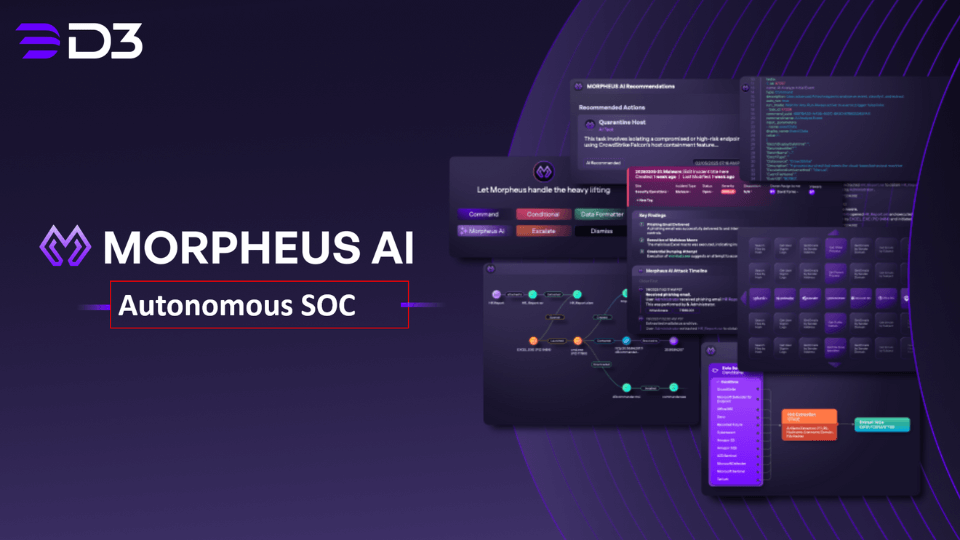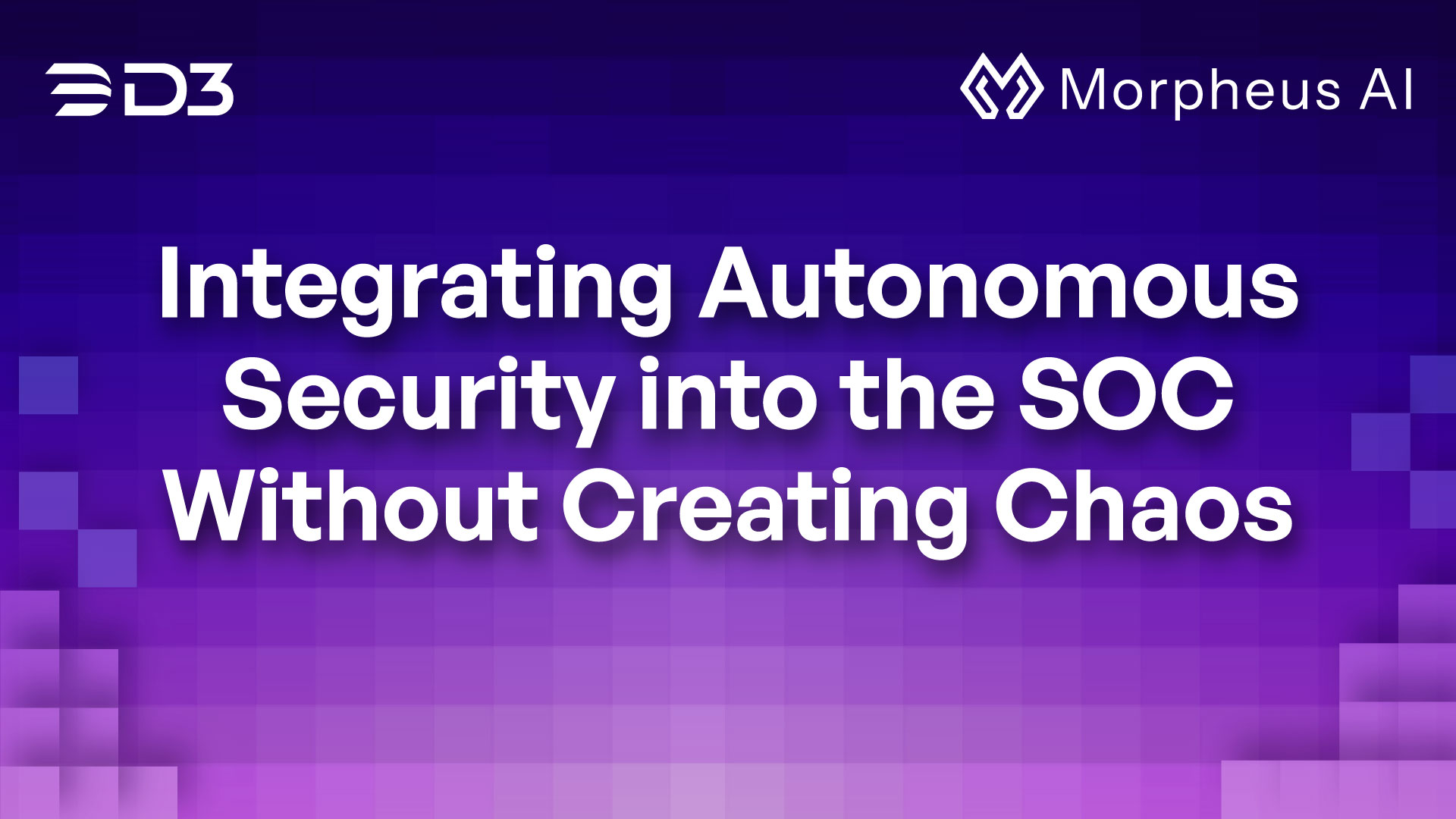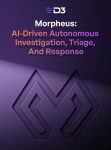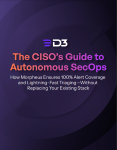The cybersecurity industry is witnessing a surge in the adoption of AI agents, each designed to perform specific tasks within the Security Operations Center (SOC). While these agents promise modularity and flexibility, they often introduce significant operational complexities:
- Lack of centralized control: Managing multiple agents can lead to coordination challenges, with no clear oversight or hierarchy.
- Inconsistent decision-making: Independent agents may make conflicting decisions without a unified policy framework.
- Increased attack surface: Each agent represents a potential entry point for adversaries, complicating the security landscape.
Gartner in its latest Hype Cycle for Security Operations 2025 report emphasizes that the AI SOC agents are still in their early stages with unproven benefits that require careful evaluation. The word on the street is that most large corporations are not happy with the POCs of agentic systems they’ve done this year. “2025 was supposed to be the year of agents. So far it’s been the year of letdowns.” Notes a software developer in a recent online discussion.
Gartner warns that while many vendors are overstating their AI agent capabilities and rebranding existing tools. The market faces significant challenges ahead, with over 40% of agentic AI projects expected to fail by 2027 due to risk management issues, cost overruns, and unclear value propositions.
The Hidden Dangers of Agentic AI in Security Operations
Recent studies have highlighted several risks associated with the deployment of multiple AI agents in security environments:
1. Unintended Actions and Data Exposure
A survey of IT professionals by Sailpoint revealed that 80% of companies experienced unintended actions by AI agents, including unauthorized system access (39%), inappropriate data sharing (33%), and downloading sensitive content (32%). Alarmingly, 23% reported that their AI agents were tricked into revealing credentials .
2. Identity and Access Management Challenges
AI agents often require multiple identities to function efficiently, especially when integrated with various systems. This proliferation of machine identities can outpace human identities by a ratio of 100 to 1, creating significant challenges in identity management and increasing the risk of unauthorized access.
3. Prompt Injection Vulnerabilities
AI agents, particularly those based on large language models, are susceptible to prompt injection attacks. Adversaries can craft inputs that manipulate the agent’s behavior, leading to unintended and potentially harmful actions.
4. Resource Overload and Denial-of-Service Risks
By design, AI agents perform multiple operations concurrently, often triggering external APIs and spawning subtasks. Attackers can exploit this behavior to overwhelm compute and memory resources, causing denial-of-service or degraded performance.
5. Lack of Transparency and Audibility
The autonomous nature of AI agents can lead to decisions that are difficult to trace or audit. Without clear documentation and reasoning for each action, it becomes challenging to ensure compliance and trust in the system’s decisions.

Morpheus: A Centralized, Persistent Autonomous SOC Engine
Morpheus offers a different approach: a centralized, persistent engine that unifies automation across the entire alert lifecycle, ensuring consistency, scalability, and security. To address these challenges, Morpheus provides:
- Unified Orchestration: A single platform that manages the entire alert lifecycle, from ingestion to resolution, eliminating the need for multiple, independent agents.
- Policy-Aligned Automation: Every action taken by Morpheus is governed by organizational policies, ensuring consistency and compliance.
- Comprehensive Audit Trails: Detailed logs of every decision and action, providing transparency and facilitating compliance audits.
- Scalability and Reliability: Designed to handle large volumes of alerts without degradation in performance, ensuring consistent protection as your organization grows.
Best Practices for Integrating Autonomous Security
- Centralize Decision-Making: Avoid the pitfalls of managing multiple agents by adopting a centralized platform like Morpheus that provides cohesive control over security operations.
- Implement Strict Access Controls: Ensure that all automated actions are governed by strict access policies to prevent unauthorized activities.
- Monitor and Audit Continuously: Maintain comprehensive logs and regularly audit automated decisions to ensure compliance and identify potential issues.
- Educate and Train Staff: Ensure that your security team understands the capabilities and limitations of your autonomous systems to effectively manage and respond to incidents.

Embrace Centralized Autonomy for Secure SOC Operations
While AI agents offer the allure of modular automation, they often introduce complexities and vulnerabilities that can undermine security operations. By adopting a centralized, persistent Autonomous SOC engine like Morpheus, organizations can achieve scalable, reliable, and secure automation, ensuring that security operations are both efficient and trustworthy.
Discover how Morpheus can transform your SOC operations. Request a demo today.




